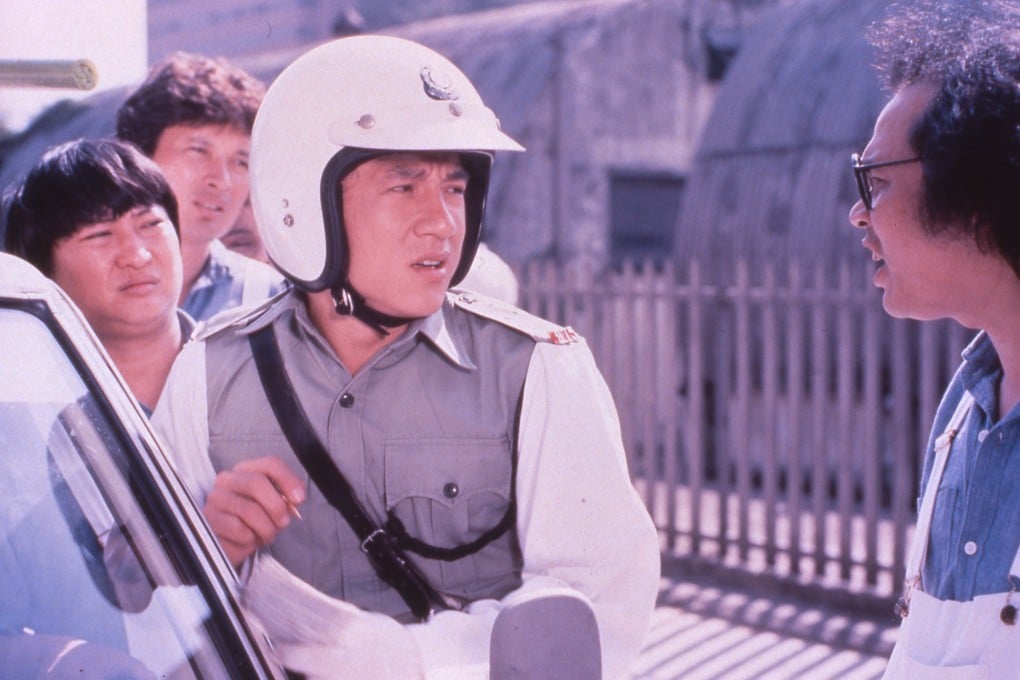Advertisement
Lucky Stars: How Sammo Hung, Jackie Chan and Co made one of the lowbrow action comedy series that defined 1980s Hong Kong cinema
- Winners and Sinners, My Lucky Stars and Twinkle Twinkle Lucky Stars feature Hung as leader of a gang of righteous ex-cons who get help from Chan’s cop character
- With each film the action scenes become more ferocious, Hung’s character more dominant and Chan’s more serious. The humour is sexist and looks outdated today
Reading Time:4 minutes
Why you can trust SCMP

Winners and Sinners, My Lucky Stars, and Twinkle Twinkle Lucky Stars, a trio of lowbrow comedies with martial arts scenes, were big Hong Kong cinema hits in the early 1980s.
Directed by Sammo Hung Kam-bo, who also starred in them, the films mixed comic actors such as John Shum Kin-fun and Eric Tsang Chi-wai with martial arts stars, and gave a lot of screen time to Jackie Chan. The stories feature Hung as the leader of a gang of ex-cons working on the right side of the law, with some help from Chan, who plays a cop.
Eureka Entertainment is releasing the Lucky Stars 3-Film Collection in the UK on Blu-ray on March 22.
Advertisement
Expert on Asian film Frank Djeng, former marketing manager of US-based film distributor Tai Seng Entertainment, and Jacob Milligan, Eureka’s production manager, answered the Post’s questions about the movies. Djeng provides the commentary for the Blu-ray releases.
Jackie Chan plays the character of the cop differently in the three films. Why do you think he changed the portrayal?
Advertisement
Select Voice
Choose your listening speed
Get through articles 2x faster
1.25x
250 WPM
Slow
Average
Fast
1.25x